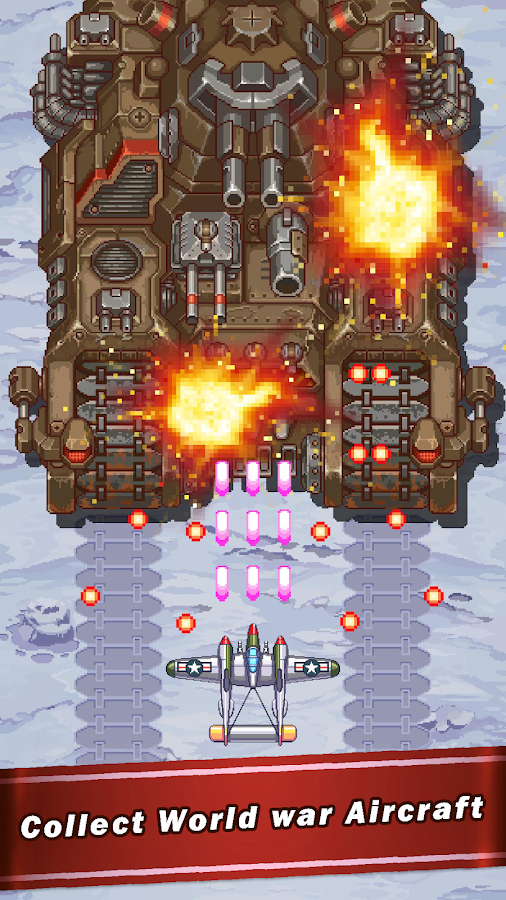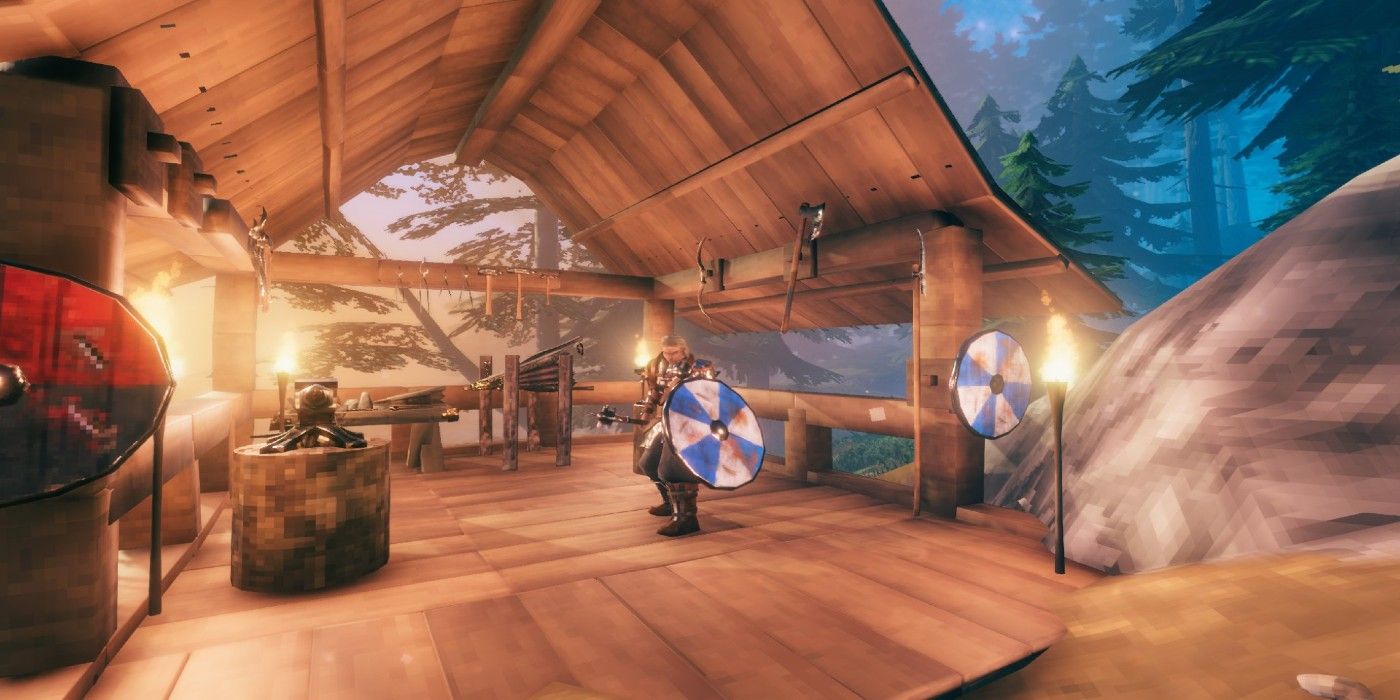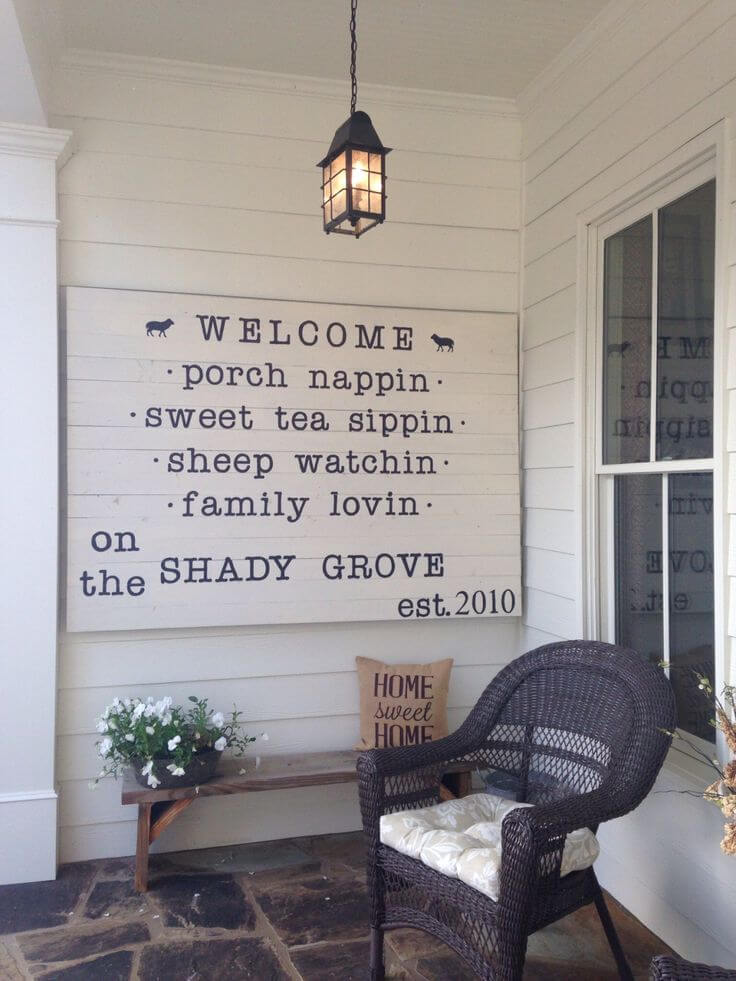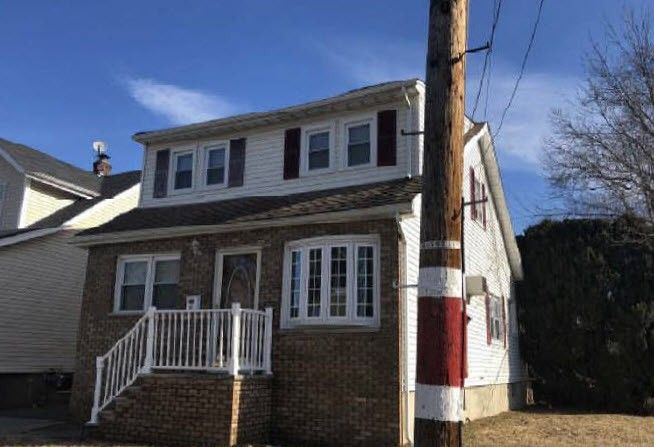Table of Content
- Adult Swim’s Surprise Horror Movie “The Fireplace” Burns Bright as a Gonzo Experimental Holiday Classic [Review]
- Obtainable Items
- Sweet Home: The forgotten 1989 game that inspired the survival horror subgenre
- ’65’ Trailer – Past Meets Future in High Concept Dinosaur Horror Movie from Producer Sam Raimi!
- The 20 Most Graphically Demanding PC Games
- Sweet Home – The Video Game
Since Capcom no longer had the rights to the Sweet Home license, they had to invent a new universe, but the game still adopted many elements from Sweet Home. The story is based on that of the 1989 film of the same name, but the writers took some liberties and expanded on the film's plot. Thirty years prior to the story in 1959, famous artist Ichirō Mamiya hid several precious frescos in his huge mansion before he mysteriously disappeared.

Released exclusively in Japan on December 15, 1989 the game is based on a horror film of the same name. Directed by Tokuro Fujiwara who toured the film’s set to gather inspiration for the game and to collaborate with the film’s director on the game’s adaptation of the film. Certain items like Kazuo’s lighter or Taro’s camera can be used in battle, as certain enemies are weak to its specific effect. Give ‘em a taste of that camera flash and you’ll find they’re no longer any problem at all. Defeating an enemy rewards any party member that participated in the fight experience that, as expected, will help them level up and get stronger, just like your usual RPG fare.
Adult Swim’s Surprise Horror Movie “The Fireplace” Burns Bright as a Gonzo Experimental Holiday Classic [Review]
The two games share a number of marked similarities from multiple playable characters, different decisions dictating various endings, limited inventory management, and the use of haunting notes to drive the narrative forward. Sweet Home (スウィートホーム, Suīto Hōmu) is a horror role-playing video game that was released for the Nintendo Entertainment System (AKA "Famicom") in 1989. Sweet Home was developed and published by Capcom, and was not released outside of Japan. The game is related to the Japanese horror film of the same name.

You need several wood logs to cross over little rivers, so do you drop the tonics , or leave behind a rope that you might need shortly afterward? Considering that this area had the toughest enemies yet, the sense of peril was heightened. This freedom, granted by the director, allowed Fujiwara to innovate, capturing the spirit of the film without being tied to it. When your characters first enter, they hear what sounds like a baby crying. They reach an old incinerator, and below is one of those evil dolls that are haphazardly scattered about.
Obtainable Items
Sweet Home musters up some scary moments despite being an 8-bit game. Many of the battle sequences feature bloody images that could give the originalMortal Kombat a run for its money, and players can expect to see severed body parts and rotting flesh throughout the game. This is one of the main reasons why the game never saw a release outside Japan, as this much graphic violence in a video game was unheard of in the West at the time. Capcom originally wanted Resident Evil to be a remake of Sweet Home before turning it into its own game.

However, what you might not have figured out quite yet is that Sweet Home is also an RPG. Thirty years prior to the story, famous artist Ichirō Mamiya hid several precious frescos in his huge mansion before he mysteriously disappeared. In the present day, a team of five documentary filmers seek to recover the paintings from the abandoned, dilapidated mansion. Everything from Rusty Cundieff‘s Tales from the Hood, Michael Dougherty‘s Trick ‘r Treat, to Ryan Spindell‘s The Mortuary Collection boasts a single filmmaker exploring multiple tales. These collections display the importance of thematic continuity, especially wraparound fade-outs and lead-ins.
Sweet Home: The forgotten 1989 game that inspired the survival horror subgenre
It was also the first attempt at creating a "scary" and frightening atmosphere within a game, through its "gruesome" story, ambient and tense orchestration, gory presentation, and "creepy" cut scenes. The game's creators attempted at creating a scary and frightening storyline within a video game, mainly told through diary entries left behind fifty years before the events of the game. The latter prevented its release in the Western world, though its influence would be felt through Resident Evil. Survival horrorModeSingle-playerSweet Home is a survival horror role-playing video game developed and published by Capcom for the Family Computer in 1989.

This might seems like it would get really repetitive, really quickly, but your main character will quickly over-level and easily be able to take care of themselves. From this prologue, you are taken to a close up of the front door to the mansion being opened as the characters enter Mamiya manor. The strong contrast between the distant aerial shot and the close up immediately forces your own perspective directly into the game’s setting and creates a sense of your own “entrance” to the game world. That they did this with a shot of a door being opened further enforces this.
Home ‘Sweet Home’: The Kiyoshi Kurosawa Film that Inspired ‘Resident Evil’
But while we're waiting to find out, you could make worse use of your time than to revisit Sweet Home - the long lost 8-bit survival horror that gestated a real monster of the video game universe. It's not uncommon for people to assume that Alone in the Dark or Resident Evil kicked off the horror game genre. A little-known game called Sweet Homefrom the Famicom introduced the world to survival horror in 1989, years before Alone in the Dark or Resident Evil ever came out. Though the game never released outside of Japan, it has been globally praised for its revolutionary gameplay mechanics.
S quick time events are considered a precursor to those seen in Resident Evil 4 and beyond. Resident Evil 7 also shares similarities to Sweet Home, including the plot of a film crew going to an abandoned house, a paranormal female presence in the house, and a tragic tale involving a family that once lived there. It also pays homage to Sweet Home in a side story told through a VHS tape. Peter Tieryas of Kotaku blamed the decline in critical acceptance of modern Resident Evil offerings on Capcom abandoning the basic gameplay design laid out in Sweet Home.
This also has the added benefit of sharing experience points, as well as giving a sense of unity expressed through the gameplay. You really felt like you were part of a team helping each other with every step and that extended to the many puzzles that required cooperation, as in a room with one of the most powerful weapons in the game. A player has to drop into deadly quicksand in order to retrieve it, while another member has to stand on the plank above and use a rope to rescue that person when they start to sink in. Deceptively called Sweet Home, it was an RPG that was loosely based on a Japanese horror film of the same name.

It is also notable for serving as the inspiration for a number of the original Resident Evils defining attributes, as well being a precursor to the Survival Horror genre, which was not coined until seven years later. The five party members have a limited inventory, carrying only two items on top of a weapon and their primary accessory. You need to keep most of the crew together, but they almost always have to be split into teams of three and two .



































